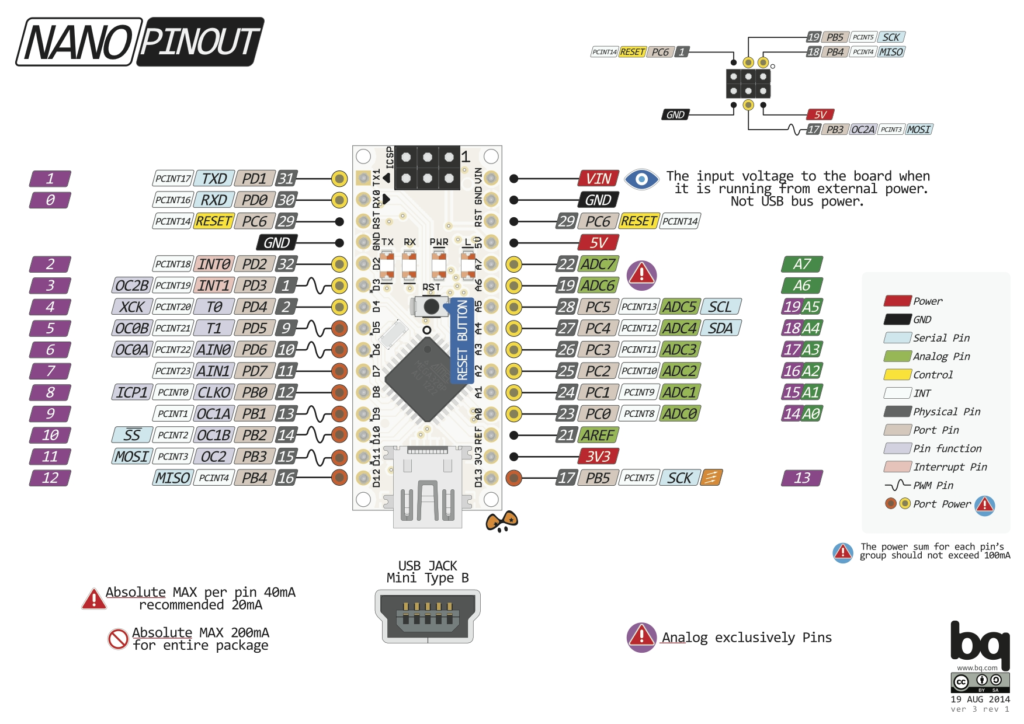After 5 months, there is a new release of KiKit. If you don’t know KiKit, it is a tool that automates several tasks in a standard KiCAD workflow like panelization, exporting manufacturing data, handling multi-board projects, or building presentation pages.
Besides many bug fixes and small performance improvements, there is a number of new features added. Thus I decided to put them in a blog post as there’s quite a lot to discuss for a standard release note. Let’s look at them.
If you don’t have time to read the whole post and you are a regular KiKit user, I suggest scrolling through the examples pages – there are many new examples.



